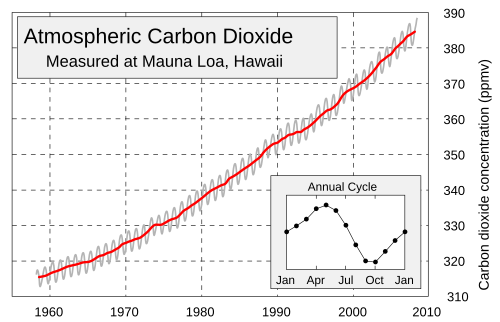- You have a homework due today.
- Have a great fall break! Get some rest....
- But you might start studying for the exam to take place next Friday. We'll review on Wednesday (so long as you have questions). The test will cover from section 1.8 to section 2.4.
- The chain rule is so critically important because of the
importance of compositions of functions: for
$F(x) = f(g(x))$,
$F^\prime(x) = f^\prime(g(x))g^\prime(x)$ I personally think this to myself: "f prime of stuff times the derivative of the stuff"; or "f prime of stuff times stuff prime."
$F^\prime(x) = f^\prime(stuff)stuff^\prime$ You can see that the rule is fairly simple, once you've identified the composition -- that is, once you've torn apart $F$ to find $f$ and $g$.
We took a look at a file from my pre-calc class to review compositions. Remember?
- The difficulty is often identifying the composition. We'll try
some easy ones first, then get to some ugly ones.
Last time I showed how we derive the chain rule from the limit definition of the derivative. Everything comes from that!
An important first step was using what we call the "linearization", the tangent line: we use the fact that
$f(x+h) \approx f(x) + hf'(x)$ This comes straight out of the limit definition, where we throw away the limit. That's why we have to write "$\approx"$:
$f'(x) \approx \frac{f(x+h)-f(x)}{h}$ - #9, p. 154
- #16
- #29
- #42
- #77
- A Chain Rule tutorial
- A sample problem involving compositions: model the seasonal variation in Keeling's CO2 data:

- Keeling data with models:
If time were measured in years from January, would
$V(t)=A\sin(2\pi{t})$ be a good model? What would be a good choice for the parameter $A$?